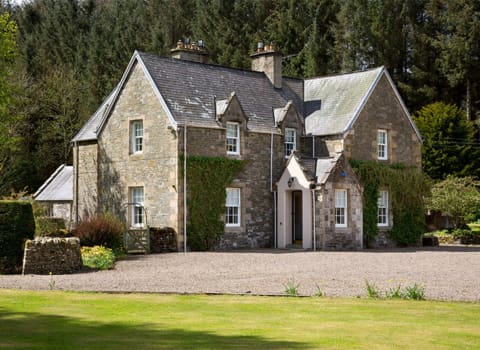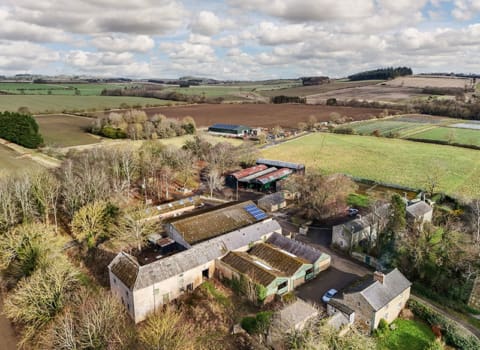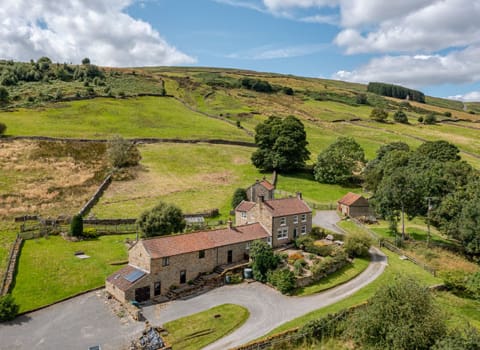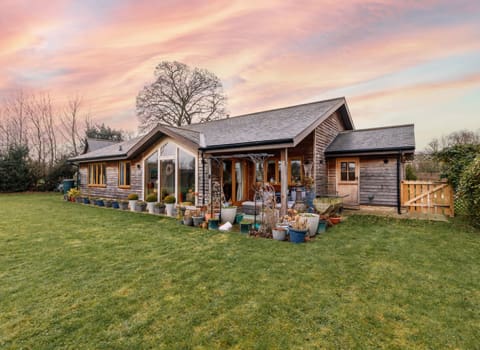Contact our offices
Main office
COLBURN
5 & 6 BAILEY COURT
COLBURN BUSINESS PARK
RICHMOND
NORTH YORKSHIRE
DL9 4QL
Estate Agency Offices are located in
BARNARD CASTLE, BOROUGHBRIDGE & RICHMOND
Residential Management Team
Our Offices
- Alnwick
01665 568310
Email Officealnwick@gscgrays.co.uk - Barnard Castle
01833 637000
Email Officebarnardcastle@gscgrays.co.uk - Boroughbridge
01423 590500
Email Officeboroughbridge@gscgrays.co.uk - Chester-Le-Street
0191 3039540
Email Officechester-le-street@gscgrays.co.uk - Colburn
01748 897630
Email Officecolburn@gscgrays.co.uk - Driffield
01377 337180
Email Officedriffield@gscgrays.co.uk - Hamsterley
01388 487000
Email Officehamsterley@gscgrays.co.uk - Hexham
01434 611565
Email Officehexham@gscgrays.co.uk - Kirkby Lonsdale
01524 880320
Email Officekirkbylonsdale@gscgrays.co.uk - Penrith
01768 597005
Email Officepenrith@gscgrays.co.uk

The Valuation of Historic Buildings
The RICS has recently published an extremely useful Information Paper for members who are involved in the valuation of Historic Buildings. Due to the type of work undertaken and the geographical area within which GSC Grays operates, we as a business are often involved in the valuation of interesting and historic buildings for our clients.
Here are a few key areas that need consideration when approaching a valuation of a property of this nature:
The valuation of historic property ranges from the relatively straightforward to more complex scenarios, but the common principle that first needs to be understood, is that any property asset will be subject to market forces and its value may therefore be measured within the marketplace when traded. The historic assets that most valuers will encounter are still in existence primarily because they are, or were, capable of a beneficial use and have been adapted over time by their owners and occupiers in order to meet changing market forces and demands.
A valuation may be required for a number of reasons, including:
- sale or purchase
- mortgages and loans
- letting and investment
- grants
- compulsory purchase
- taxation
- valuation for financial statements.
The starting point for the valuation of any property, be it historic or otherwise, is compliance with the RICS Valuation – Professional Standards January 2014 (the ‘Red Book’). Therefore, when accepting an instruction to provide a valuation of historic assets, valuers should first satisfy themselves that in accordance with PS 2.3 Member qualification, they possess the market knowledge, skills and understanding necessary to undertake the valuation competently. It is stressed that in any circumstance where the valuer does not have appropriate knowledge and skills, the instruction should be declined (PS 2.3, Member qualification).
Whatever the underlying purpose, any valuation will reflect the principal market influences common throughout the property sector: location, the demand and supply cycle, economic and political forces, social influences, the physical environment, etc. What separates historic property from the wider market are the additional factors, the impact of which should also be measured by the valuer; these include the effect of the historic nature and architectural interest on value, together with the particular constraints imposed by the statutory framework and less tangible elements, such as the indirect cultural and social benefits arising from the property.Should you require a valuation of your own historic building in the area, please feel free to contact David Cooper to discuss the matter in greater detail. Tel: 01677 422400 Email: dpc@gscgrays.co.uk

GSC Grays News
New Waste Exemption Charges – How GSC Grays Can Help Farmers Stay Compliant and Cost-Effective
Read more







